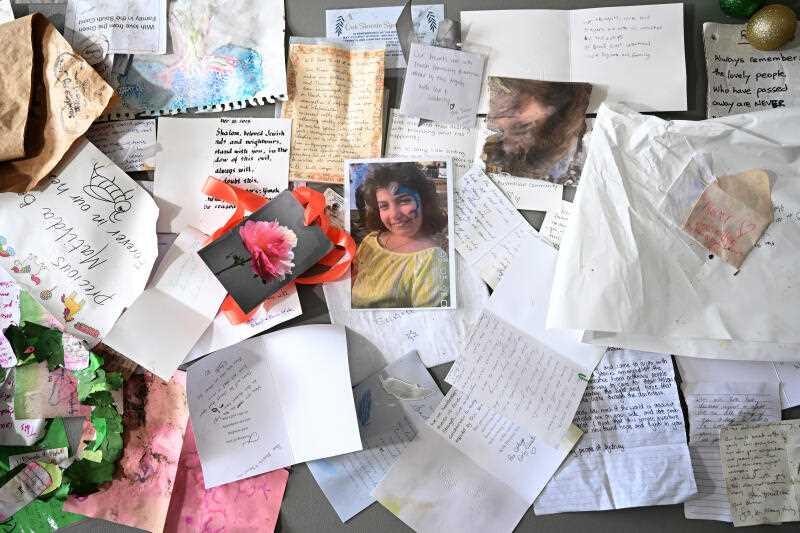Australia’s largest performing arts organisation has posted another loss as it struggles with hesitant audiences and cost blowouts.
Opera Australia recorded an operating loss of $447,878 (US$298,018) for the 2022 financial year, an improvement on the record $22.6 million loss it notched up for 2020/21 when the pandemic forced it to cancel most performances.





